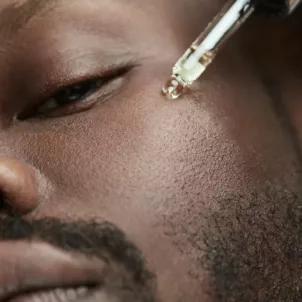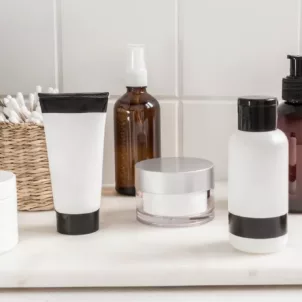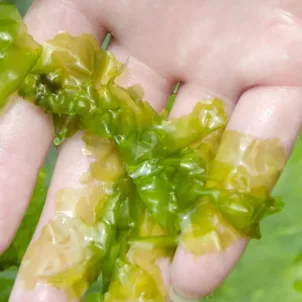Wondering what active ingredients in skincare are? Experts break down everything you need to know—and recommend their favorites.
Turn over any skincare product and you’ll likely be met with an ingredient list full of long words you don’t recognize. You might also sometimes notice labels break those words out into two different categories: active skincare ingredients and inactive skincare ingredients. But what exactly are active ingredients—and what do they do?
“Active ingredients refer to the key ingredients in a skincare product designed to target a specific concern or address a specific issue,” explains Marisa Garshick, MD, a board-certified dermatologist in New York. “They are the main ingredients delivering an effect on the skin.”
Since these ingredients are so powerful, it’s important to consult a dermatologist to understand exactly what they do and which ones to use. While you may be tempted to layer as many active skincare ingredients as possible, experts say that might not be the best decision. “More is not better with actives,” says Caren Campbell, MD, a board-certified dermatologist in California. “The skin often needs time to adjust, so starting slow with actives like AHAs, BHAs, retinoids, and benzoyl peroxide is a good idea.”
What are active ingredients in skincare?
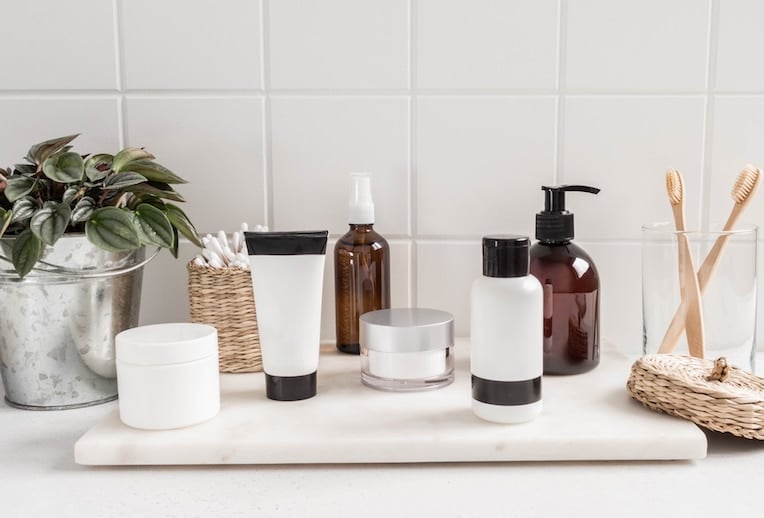
Active skincare ingredients are the ingredients intended to treat or address a certain issue. “Skincare products often have several components: the vehicle, the actives, and the preservatives,” explains Corey Hartman, MD, a board-certified dermatologist in Alabama. “The actives do the work that change the skin.”
Many skincare products fall under the category of cosmetics, which aren’t regulated by the FDA. But products with active ingredients are labeled and regulated differently. “When a skincare product aims to treat a disease like acne or dandruff, the product becomes a drug,” explains Dr. Campbell. “The FDA requires drugs to list active ingredients followed by inactive ingredients on the label.”
If active skincare ingredients are the main character, inactive ingredients are the supporting roles. They play an important role in the overall formulation of skincare products. “Inactive doesn’t mean the ingredients don’t have any effect; rather, it simply means they don’t have regulatory status as active ingredients,” Dr. Hartman says. “They’re often not the ingredients that define the product or the intended effect, but they still can play a role in the effectiveness of the product.” Shea butter in a facial moisturizer that also contains hyaluronic acid is an example because it hydrates the complexion.
Inactive ingredients in skincare impact the texture and quality of the product, making the formulation more cosmetically appealing. But they can also help with better active ingredient delivery as well as product stability.
What are common active ingredients found in skincare?
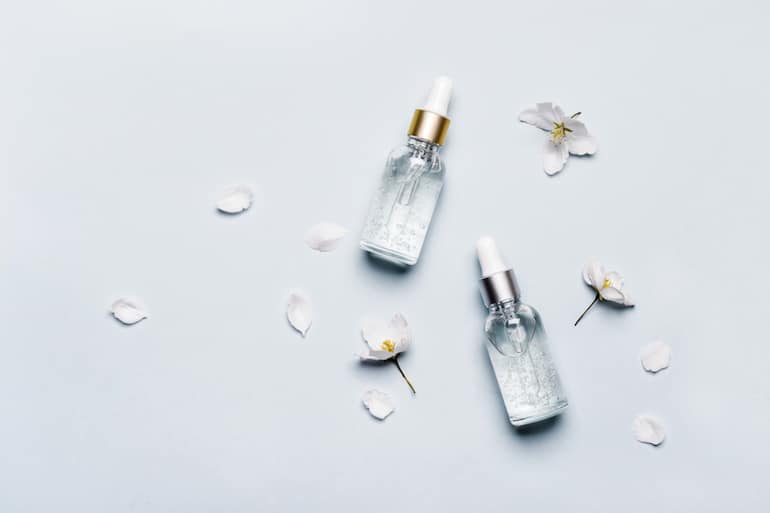
Adding active skincare ingredients into your routine can seriously improve your complexion. We asked experts to break down the most common actives in skincare to help you build the best regimen for your complexion.
Benzoyl Peroxide: You may recognize this active skincare ingredient. It’s a staple for those who have dealt with acne. “It helps unclog the pore and kills acne- and folliculitis-causing bacteria on the skin,” explains Dr. Campbell. It’s a tried-and-true ingredient for any unwelcome breakouts. Just make sure you apply it directly to the affected area, as it can dry out the surrounding skin.
Glycolic Acid: Glycolic acid is an alpha-hydroxy acid (also known as AHA) that exfoliates the skin. “Glycolic acid helps break the bonds between skin cells, which increases exfoliation and makes skin smoother and more even,” Dr. Hartman explains. It’s commonly used to help treat breakouts and even out skin tone and texture. Since it’s less drying than other acne treatments, dermatologists often recommend it. But it can also help with anti-aging. “The use of glycolic acid can help slow the breakdown of collagen in the skin and even stimulate new collagen production, resulting in firmer skin,” Dr. Hartman says.
Hyaluronic Acid: If you’re dealing with dry or dehydrated skin, hyaluronic acid is the active ingredient for you. “Hyaluronic acid is a humectant, which means it helps to draw moisture in,” Dr. Garshick says. “This boosts overall moisture, helps with dry skin as well as plumps the skin, which helps to improve the appearance of fine lines and wrinkles.” Look for hyaluronic acid skincare products or pick up HUM’s Glow Sweet Glow, which contains the powerful active ingredient to boost your skin’s hydration from the inside out.
Niacinamide: Niacinamide, also known as vitamin B3, is a multi-tasking antioxidant. “It works with the natural substances in your skin to help visibly minimize enlarged pores, tighten lax pores, improve uneven skin tone, soften fine lines and wrinkles, diminish dullness, and strengthen a weakened surface,” Dr. Hartman says. “ Niacinamide also reduces the impact of environmental damage because of its ability to improve your skin barrier (its first line of defense)—plus it also plays a role in helping skin to repair signs of past damage.”
Salicylic Acid: “Salicylic acid is a beta-hydroxy acid, derived from willow bark that works to reduce acne and dissolve excess debris in pores,” Dr. Hartman says. “Salicylic acid penetrates through the lipid layers between skin cells and into pores to unclog them, dissolve skin debris, reduce skin inflammation and treat papules and pustules of acne.” It can also break the connections between skin cells to increase exfoliation and cell turnover.
Retinol: Retinol is a vitamin A derivative proven to help with anti-aging, according to a study in the Journal of the American Medical Association Dermatology. “Retinol is the single most effective component of a skin care regimen for prevention of signs of aging that is backed by science and research,” Dr. Hartman says. Regular retinol usage has a multitude of benefits: reduction of fine lines and wrinkles, collagen stimulation, a more even and smooth complexion, increased hydration, and prevention of breakouts.
Vitamin C: Vitamin C is great for boosting your immune system when taken as a supplement, but did you know it can improve your complexion when applied topically? Vitamin C neutralizes free radicals that are caused by sun damage and pollution in the air (both of which speed up the breakdown of collagen). “Collagen production peaks at age 22 and decreases every decade thereafter, so it’s imperative to produce and prevent breakdown of as much as possible,” Dr. Hartman explains. It also inhibits melanin production in the skin, which helps lighten hyperpigmentation and brown spots, even out skin tone, and enhance skin radiance.
Which skincare actives should you be using?
Which active skincare ingredients you use is entirely dependent on your skin type and your concerns. “For someone interested in treating breakouts, the recommended active ingredients may include salicylic acid, retinoids, or benzoyl peroxide,” Dr. Garshick says. “For someone who’s mostly focused on an anti-aging skincare routine, it may specifically include vitamin C, a retinoid, and sunscreen.”
In general, a good rule of thumb is to focus on the trifecta of SPF, antioxidants, and retinol. “These three ingredients will cover most of the bases to prevent and correct the most common skin signs of skin aging and photodamage,” Dr. Hartman says. “If you have specific concerns that need to be addressed, it’s probably best to seek a board-certified dermatologist to better target your therapy and avoid wasting time and money on the wrong products.”
What skincare actives should you avoid mixing?
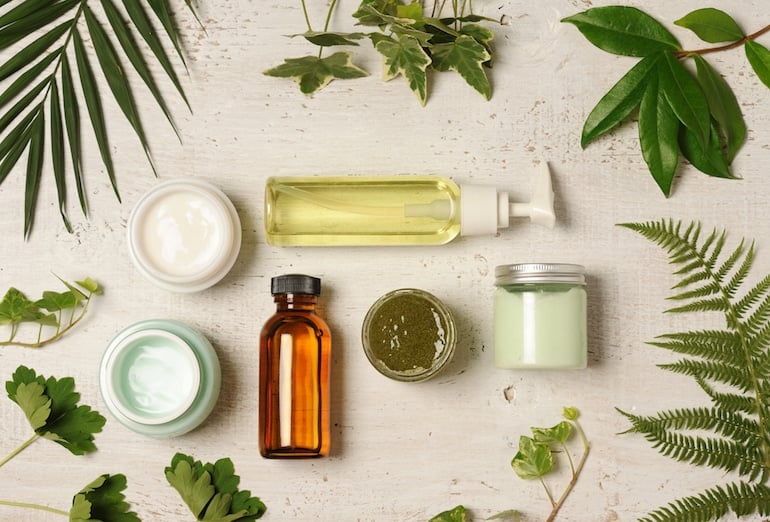
You may be tempted to apply as many active skincare ingredients as possible, but this can end up doing more harm than good. “When mixed together, certain active ingredients can lead to irritation or can reduce the potential efficacy of the active ingredients by rendering it unstable,” Dr. Garshick says. Since retinol can be drying, experts agree it’s best to avoid using exfoliants (like glycolic acid or salicylic acid) at the same time, as it can cause irritation. Instead, try applying your retinol at night and the rest of your active ingredients in the morning (with sunscreen, of course).
To ensure you’re getting the most out of your active skincare ingredients, avoid applying an exfoliating acid and vitamin C at the same time, as this can impact stability. Other skincare actives not to mix include retinol and benzoyl peroxide, as benzoyl peroxide can deactivate certain retinols.
The Takeaway
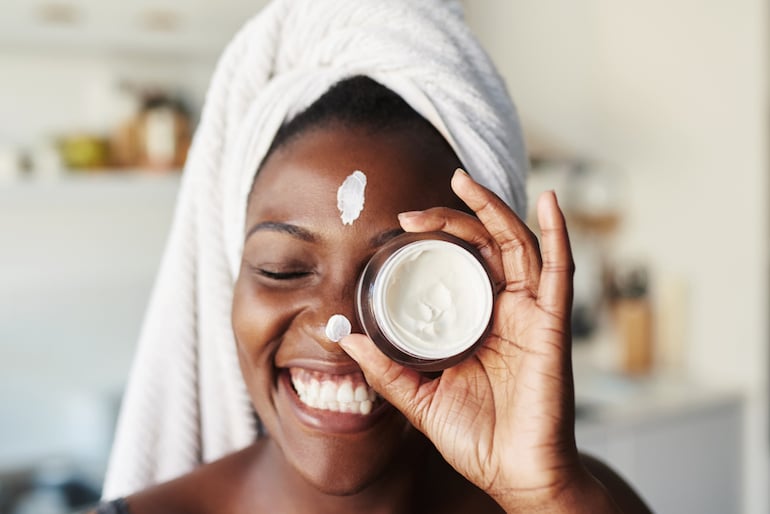
Active ingredients target and treat specific skincare concerns. But every active skincare ingredient is different: some treat acne, others help with anti-aging, and others increase your skin’s hydration levels. Since they’re so powerful, mixing them can lead to irritation or decreased efficacy. That’s why it’s so important to seek out the help of a board-certified dermatologist. They’ll help you build an effective, efficient routine full of the very best active ingredients for your complexion.
Keep in mind that actives in skincare can take time to yield results. In just a few hours, hyaluronic acid boosts moisture levels and plumps your skin. But results from retinol can take up to six months. Consistency is key—stick to your active skincare regimen and you’ll see a noticeable improvement in your complexion.

